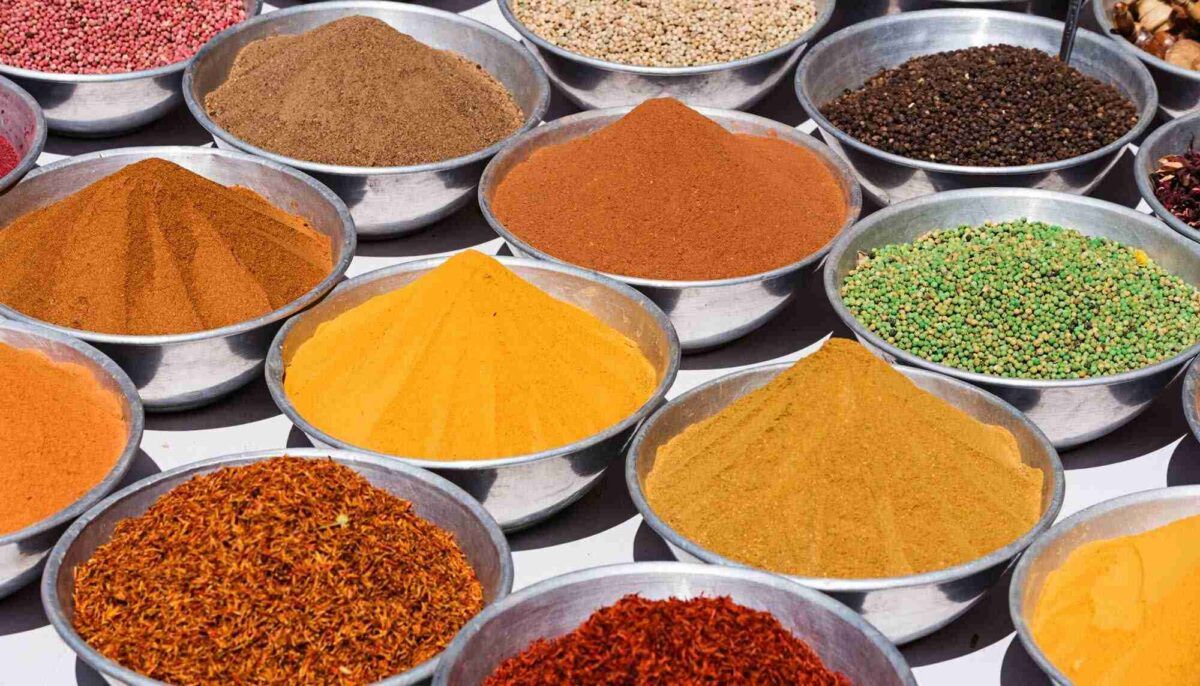Tamarind, a versatile and tangy fruit, has entrenched itself in culinary traditions worldwide. From its rich history to its myriad of culinary applications and health benefits, tamarind continues to captivate taste buds and intrigue minds. In this comprehensive guide, we delve into the depths of tamarind, exploring its origins, cultural significance, culinary versatility, health benefits, and more.
Table of Contents
Introduction to Tamarind
Tamarind, scientifically known as Tamarindus indica, is a tropical tree native to Africa. Its name is derived from the Arabic word “tamar hindi,” which translates to “Indian date.” The tamarind tree produces pod-like fruits that contain a sour pulp enveloping seeds. This pulp is the essence of tamarind’s flavor and utility.
Brief History of Tamarind

The history of tamarind stretches back thousands of years, with its origins believed to be in East Africa. It traveled across continents through trade routes, reaching the Indian subcontinent, where it became an integral part of Indian cuisine and Ayurvedic medicine. From there, it spread to Southeast Asia, the Middle East, and eventually the Americas during the colonial period.
Cultural Significance and Usage Across Different Cuisines
Tamarind holds significant cultural importance in various cuisines worldwide. In Indian cuisine, tamarind is a staple ingredient in chutneys, sauces, and curries, adding depth and tanginess to dishes. In Thai cuisine, it features prominently in savory and sweet dishes, such as Pad Thai and tamarind candy. Similarly, in Mexican cuisine, tamarind is used to make refreshing beverages like agua fresca and traditional candies.
Exploring Tamarind Varieties
Tamarind comes in different varieties, each with its unique flavor profile. Sweet tamarind varieties tend to have a milder, sweeter taste, making them ideal for desserts and beverages. Sour tamarind varieties, on the other hand, boast a more pronounced tanginess, perfect for savory dishes and sauces.
Overview of Tamarind Products

Tamarind is available in various forms, including paste, concentrate, juice, and puree. Tamarind paste, made from the pulp of the fruit, is a concentrated form commonly used in cooking. Tamarind concentrate, which is a thicker version of the juice, is often diluted to make tamarind water or added directly to recipes for a burst of tangy flavor.
Tamarind in Culinary Applications
Tamarind’s tangy flavor and versatility make it a beloved ingredient in both traditional and modern cooking. In traditional Indian cuisine, tamarind is used to balance flavors in dishes like sambar and rasam. In modern culinary trends, chefs experiment with tamarind-infused cocktails, marinades, and dressings, showcasing their adaptability and depth of flavor.
Recipes Featuring Tamarind
- Tamarind Glazed Chicken: A savory dish combining tamarind paste, soy sauce, and honey for a flavorful glaze.
- Tamarind Date Chutney: A sweet and tangy condiment made from tamarind, dates, and spices, perfect for pairing with snacks and appetizers.
- Tamarind Shrimp Curry: A fragrant and spicy curry featuring tamarind as a key ingredient, balanced with coconut milk and aromatic spices.
Health Benefits of Tamarind
Tamarind is not only a culinary delight but also boasts several health benefits. Rich in vitamins, minerals, and antioxidants, tamarind aids digestion, promotes heart health, and may help lower cholesterol levels. Its anti-inflammatory properties make it a valuable ingredient in traditional medicine for treating various ailments.
Tamarind Around the World
Tamarind’s global presence is evident in its widespread use across different cuisines. In Indian cuisine, it lends its tartness to dishes like chutneys, dals, and pickles. Thai cuisine utilizes tamarind in soups, stir-fries, and dipping sauces, enhancing the complexity of flavors. In Mexican cuisine, it adds depth to beverages, candies, and marinades, reflecting its adaptability to diverse culinary traditions.
Tips for Buying and Storing Tamarind

When purchasing tamarind pods, look for ones that are plump and free of mold or damage. To store fresh tamarind pods, keep them in a cool, dry place or refrigerate for extended freshness. When buying tamarind paste or concentrate, opt for reputable brands that offer pure, natural products without added preservatives or artificial flavors.
Conclusion
In conclusion, tamarind stands as a testament to the rich tapestry of flavors and cultures that define our culinary landscape. From its humble origins to its global prevalence, tamarind continues to intrigue and inspire food enthusiasts around the world. Whether enjoyed in traditional recipes or innovative creations, tamarind’s tangy allure transcends borders, inviting us to explore its myriad uses and benefits.

Shweta Deshmukh Sagvekar is a female food blogger based in Mumbai, India. She writes for Manvik foods, an Amazon affiliate website that sells a variety of groceries, spices, and dry fruits. In addition to her work for the brand, Shweta also writes on her own food blog, where she shares recipes and insights into the culinary world.
Through Manvikfoods’ online webstore, Shweta is able to share her passion for food with people from all over the world. Her writing is characterized by its engaging style and attention to detail, and she has a talent for creating recipes that are both delicious and easy to follow.
Whether she is exploring the latest culinary trends or revisiting classic recipes, Shweta’s love for food shines through in everything she writes. Her work is a testament to the power of good food to bring people together and create lasting memories.








